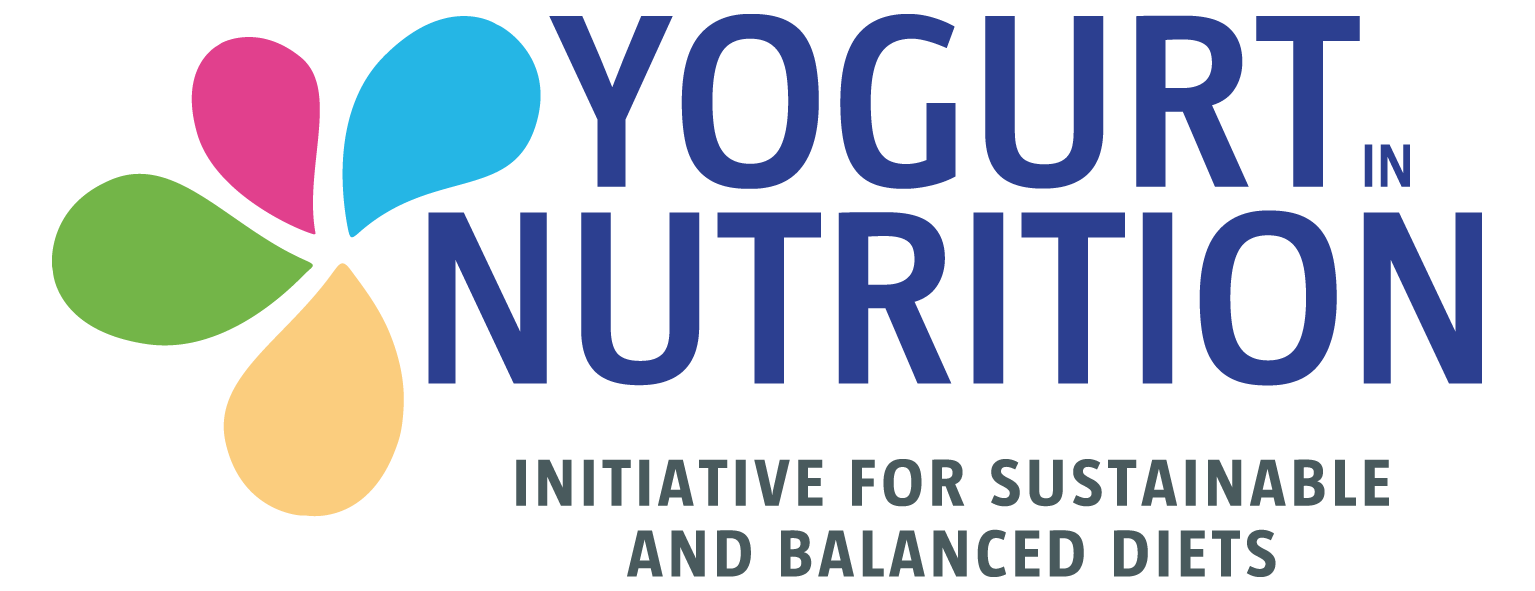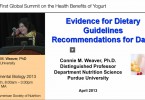What is according to you the most fascinating fact about dairy products?
That a single serving delivers a package of 9 essential nutrients important for good health, including calcium, potassium, phosphorus, protein, vitamins A, D and B12, riboflavin and niacin (niacin equivalents). Few foods provide this unique contribution of nutrients. Dairy foods such as milk, cheese and yogurt can be core to healthy and sustainable dietary patterns, because they deliver a powerhouse of nutrients and unique health benefits in an appealing, affordable, and readily available way, unmatched by many other foods.
Can you tell more about the benefits of fermented products? What’s the added value of the fermentation process in the case of dairies?
Fermented foods or beverages are made by extensive microbial growth. These types of food are nothing new… they’ve been around for thousands of years. Fermented foods have become quite popular recently because of their taste and texture as well as the health benefits associated with many of these products. For instance, the live bacteria found in fermented foods are associated with gut health and other benefits, such as increasing the concentrations of vitamins and bioactive compounds found in foods.
Yogurt is a traditional way to preserve milk. As a dairy product, yogurt contains calcium, protein, and other essential nutrients that contribute to overall health. In addition, research has consistently shown that most people with lactose intolerance can better tolerate yogurt compared to standard unfermented milks. Also, many yogurts contain probiotics, which are beneficial live microbes. Probiotic bacteria have a long history of association with dairy products like yogurt. Yogurt may provide a desirable probiotic delivery vehicle for several reasons, including its refrigerated storage and the fact that the dairy can protect the probiotic bacteria. There is emerging evidence that components of dairy foods may help probiotics to deliver their benefits by protecting them in transition to the large intestine.
We hear often that yogurt consumption is on the rise in the US. How do you think yogurt can be beneficial for US diet?
Americans are facing a paradox of being overweight yet undernourished. The Dietary Guidelines for Americans recommends 2 servings of milk and milk products for children 2-4, 2.5 servings for children 4-8 and 3 servings for everyone else. Yet, many Americans are not meeting the recommended intakes. Yogurt is one option for helping meet recommended intakes of dairy. Yogurt is well liked, portable and affordable, so that makes it a good option. Dietary recommendations for dairy highlight the key nutrient contributions and health benefits associated with dairy food consumption.
Also, dairy products, including yogurt, are associated with reduced risk for many chronic diseases, including type 2 diabetes, cardiovascular disease, and hypertension. In addition, the protein and mineral content of dairy products like yogurt helps with bone health.
Greg Miller’s Bio
Gregory D. Miller, PhD, FACN, joined National Dairy Council (NDC) in 1992 and currently serves as Chief Science Officer at NDC, Executive Vice President of Research, Regulatory and Scientific Affairs for Dairy Management Inc. and Global Dairy Sector Lead for Nutritional Security for Global Dairy Platform.
Dr. Miller currently serves as an Adjunct Associate Professor in the department of food science and human nutrition at the University of Illinois.
Dr. Miller has presented more than 150 invited lectures at national and international meetings and has published more than 180 research papers, reviews, articles, and abstracts. He has co-edited three books on diet, nutrition, and toxicology and contributed chapters to nine books. He is co-author of the Handbook of Dairy Foods and Nutrition, 1st, 2nd and 3rd Editions.
Dr. Miller is also a member of the Editorial Board for the Journal of the American College of Nutrition; the Journal of Nutritional Biochemistry, Current Nutrition & Food Science; Journal of Nutrigenetics/Nutrigenomics; and The Open Nutrition Journal and Mature Medicine Canada.





